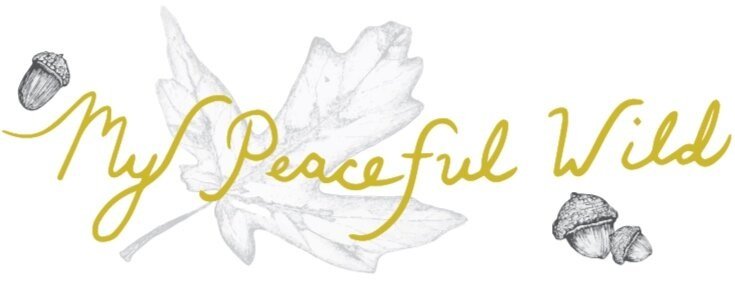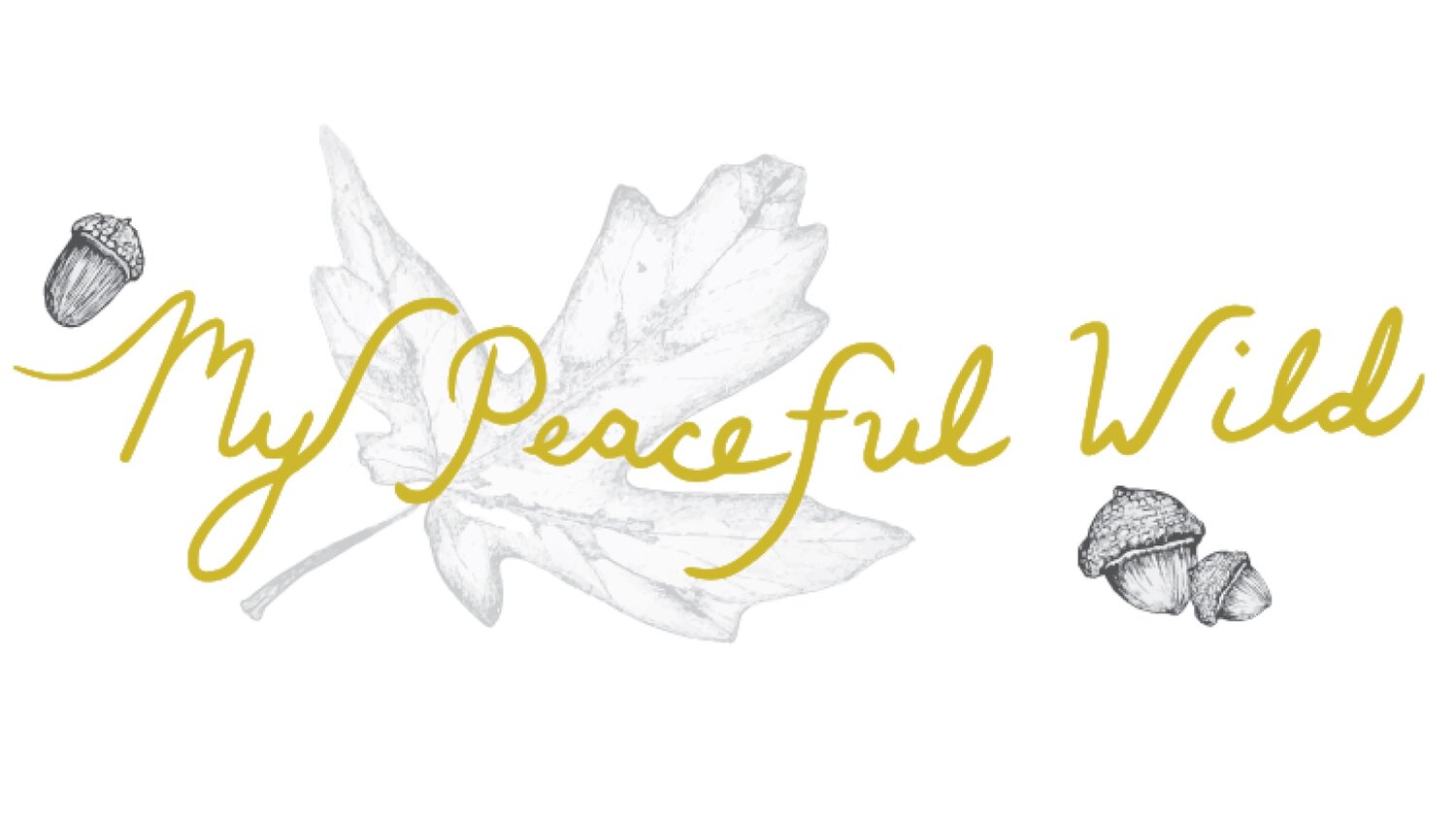To Catch A Leaf: Getting Kids Outside and into Nature
It is no secret that we are a screen addicted digitally saturated society. When Richard Louv published his book, “Last Child in the Woods, Saving Our Children From Nature-Deficit Disorder”,people finally started tuning in to the urgent need to get our kids outside and connected to nature. With an ever increasing exposure to digital inputs, it is becoming even more important to encourage children to tap into wild places both on a sub-conscience level as well as to explicitly illuminate the interdependent relationship we have with the land. But this post is all about getting kids outside to have fun in nature.
I myself have absolutely been guilty of turning on a screen to keep my kiddos occupied so that I can accomplish some task or to simply catch a break. Trust me, no judgment here. But I do feel we need to place even more emphasis on balancing that screen time with plenty of time outdoors. With some gentle nudging (or outright insisting!) and some suggestions, it is not too difficult to get even the youngest kids engaged outside…in fact I think they naturally gravitate towards nature.
I am often reminded of this during a walk home from school on a drizzly day, when getting home takes twice as long because my two children keep stopping to watch their leaf-boats travel down the gutter or the perfect climbing tree beckons them away from our amble home. And in the end, it is these moments that I give in to that have me feeling uplifted as well….as it turns out grown-ups need to feel connected outside too!
A study done by Roger S. Ulrich, Ph.D. at Texas A & M University on Evidence Based Environmental Design for Improving Medical Outcomes discusses how patients in hospitals with windows facing green spaces, healed much more quickly than those whose windows did not face green spaces. Seems obvious to me but surprisingly prioritizing a serene and calm space for patients to heal has been superseded by focusing funding for medical treatments and technological advances. Surely all important but perhaps we should consider the idea that being exposed to nature could be a medical treatment in itself.
So, studies show the therapeutic worth of spending time in natural spaces, whether we are tuned into it or not. And for children who are growing and learning so much every day, at every age, there is such restorative value in getting them outside, away from screens for some good old fashioned play in the yard.

The following are some ideas to get kids engaged in nature outside that are pretty simple and easy to do anywhere:
- LEAF CATCHING
This is one of my all time favorite outdoor games to play with my kids. You do need to head to a park for this one, unless you have a yard with trees and a little space to run around. The other requirement is a little breeze. Lastly, Autumn is really the best time of year for this, as all of the leaves begin to fall. All you have to do is stand under a tree on a gusty day and try to catch a leaf as it drifts down. Sounds easy enough? Try it…it is surprisingly hard but such great silly fun!! The best tip is to pick one leaf just as it departs the tree and try to keep an eye on the same leaf till it gets with in reach. They are squirrelly little buggers and many an attempt end on the ground in a fit of giggles. - LEAF BOATS
This one is great fun but you must have access to some water, so great on or after a rainy day. A gutter or a big puddle will do or if there is a nearby stream or river, even better. Use thick broad leaves or chunks of bark and pretend it is a little boat, so well structured to float. You can use a twig or a feather as the mast and other small nature objects can be your sailors. Then go ahead and set sail. It is fun to make many of them with friends. - NATURE MANDALAS
Head outside and start collecting nature objects like leaves, cones, nuts, pebbles, twigs and the like. Pick something to act as your centerpiece and then start creating concentric circles using your nature objects, radiating out from the center.For example, you could start with a dandelion flower as the center and then perhaps make a circle of dandelion leaves around the flower like petals or sun rays. Then at the end of each dandelion flower you could place an acorn or a pebble, and so on and so forth. It can be big or small, simple with just one or two of the same kind of objects or more elaborate. - CREATURE WATCHING
This activity is all about connecting to the wild creatures that live among us but perhaps we do not always pay attention to. Tell your child that we are going to try to imagine what it’s like to be another creature by seeing who you can find and observing what the creature does. You can start by simply sitting on the ground near a shrub or some grass or weeds even. Start looking for ants or little insects and simply sit and watch what they are up to. If your child starts to lose interest move on to the next creature. Look for birds in trees, worms in the dirt, squirrels, bees. You could even record who you see, what they are doing and what they look like. You could even go so far as to try to find out the exact species you discovered and learn even more about their habitat. You could help your child create a nature journal in this way. - FAIRY HOUSES AND MINI FORTS
Imagine with your child that when people are not watching, or that perhaps when the sun goes down, little wild forest creatures come out to explore and that they get tired during their exploratory missions so will need a spot to rest. Now start collecting small twigs, broad leaves, little stones or pebbles, a few flower petals (dandelions are good plentiful options, that won’t upset anyone’s treasured garden). Once you have your building supplies start creating. Twigs are good for creating four posts to hold up a leafy roof. Pebbles or stones could serve as stepping stones and petals could create a nice bit of bedding inside of the structure. It is really up to the designer. - CLOUD WATCHING
Well this one is a classic that never gets old. When you lay down on your back and focus in on clouds, it is amazing to see how much they move and change, when at first glance they appear to be quite still. As you watch them float and change forms, all sorts of pictures come to mind…just wait and see what your child comes up with. - LEAF SHAPES and FLOWERS
Ask your child to wander around the yard or wander with them through the neighborhood or in a park and start collecting as many different kinds of leaves as you can find. Then sit down with them and spend time observing the differences. Look at the margins or edges of the leaves. Are they toothed or serrated like a saw blade or are they smooth. Look at the tips of the leaves and the base of the leaves. Notice the color, especially during fall when leaf color can change. Look at the overall shape. Look at the veins in the leaves and how that effects the overall shape. You could even trace or draw the shapes of the leaves and write down the differences you see. In addition, with out necessarily picking them, carefully look inside a flower. See if there are any nectar guides, or spotted patterns, which lead pollinators in. See if you can identify the flower morphology, like the pistil and stamen, which holds the pollen. May be more fun for older kids.

Often times you start with some suggestions for outdoor play and the kids take it from there. Check out this book by Andy Goldsworthy for some inspiration. Have fun, get outside and enjoy nature with your kids!








